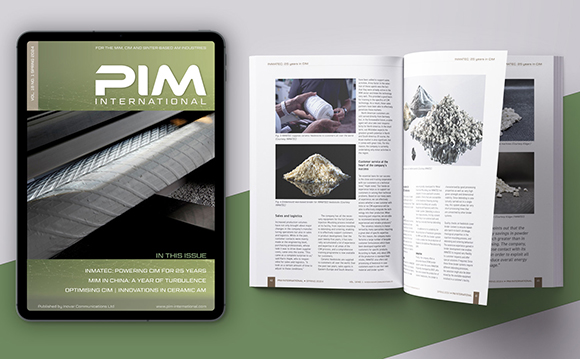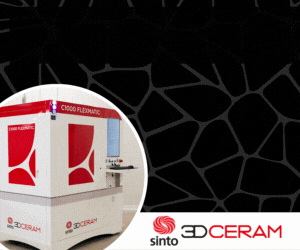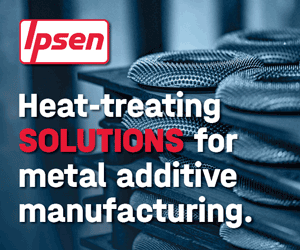PIM International, Vol. 15 No. 4 December 2021
Prefer a PDF download? Click here
The 128-page December 2021 issue of Powder Injection Moulding International (Vol. 15 No. 4) features 60 pages of industry news, plus the following articles and technical reviews:
Headmade Materials and Cold Metal Fusion: An innovative approach to sinter-based Additive Manufacturing
In recent years there has been a surge in interest in sinter-based metal Additive Manufacturing, with many of these technologies adapting the materials used in Metal Injection Moulding. Whilst Binder Jetting (BJT) and Material Extrusion (MEX) processes lead the field in terms of market penetration, sometimes something radically different comes along. This is certainly the case with Germany’s Headmade Materials, whose Cold Metal Fusion (CMF) AM process takes a completely new approach.
Dr Georg Schlieper visited the company and reports for PIM International on the company and its technology.
| Get PDF | | | Read online |
SSI Sintered Specialties: Expanding horizons through ‘next-generation’ MIM materials and Binder Jetting
SSI Sintered Specialties, LLC can trace its roots back to the earliest days of Powder Metallurgy in the US. True to its name, that company has over the decades found success through specialisation, in particular stainless steel PM products. This is a theme that continues today, with the company now expanding its horizons through the development of large MIM parts using innovative feedstock technology, and the adoption of metal Binder Jetting.
Bernard North visited the company on behalf of PIM International and reports on its plans to remain at the forefront of metal powder based parts production.
| Get PDF | | | Read online |
Exploring the subtleties of the formulation and preparation of MIM feedstocks
A technical session, comprising three papers, at the Euro PM2021 Virtual Congress, organised by the European Powder Metallurgy Association (EPMA) and held from October 18–22, 2021, assessed various aspects of the formulation and preparation of feedstocks for Metal Injection Moulding.
Dr David Whittaker reports on three papers that addressed solvent debinding efficiency, strategies for enhancing the debinding of polyacetal (POM) feedstocks, and, lastly, an analytical method for enhancing the understanding of the homogeneity of MIM feedstocks and green parts.
| Get PDF | | | Read online |
What drives the success of an industry: chance or strategy? Lessons from the growth of MIM in China
In March 2007, the very first issue of PIM International featured a review of MIM in Asia. China’s MIM industry was estimated as having around twenty MIM firms, many modest in size and of limited capability, with Taiwan accounting for another fifteen. Fast forward less than fifteen years, and Greater China now accounts for half of global MIM production, is a leader in MIM-grade powder production, and is home to a host of production equipment manufacturers.
Industry consultant Dr Chiou Yau Hung (Dr Q) assesses just what happened to drive this success: good fortune, good strategy, or a slice of both?
| Get PDF | | | Read online |
A microstructural investigation of 420 martensitic stainless steel processed by MIM
Type 420 martensitic stainless steel covers a wide carbon range of 0.15% to 0.45%. Demand for this material from the 3C, automotive, biomedical and aerospace industries has been increasing thanks to its combination of moderate corrosion resistance, high hardness, and good tensile properties.
In this study, Shu-Hsu Hsieh, Dr Chung-Huei Chueh, and I-Shiuan Chen, from Chenming Electronic Technology Corp. (UNEEC), Taiwan, investigated Nb-alloyed 420 produced using BASF SE’s Catamold 420 W feedstock. Decarburisation was examined in samples processed in both a graphite furnace and a molybdenum lined furnace. Microstructure, phase and hardness variations from the sintered state to each specific stage in heat treatment were also explored. Additionally, the influence of niobium on the formation of intergranular compounds, carbides, and carbonitrides was also assessed in each heat treatment stage for comparison.
| Get PDF | | | Read online |













